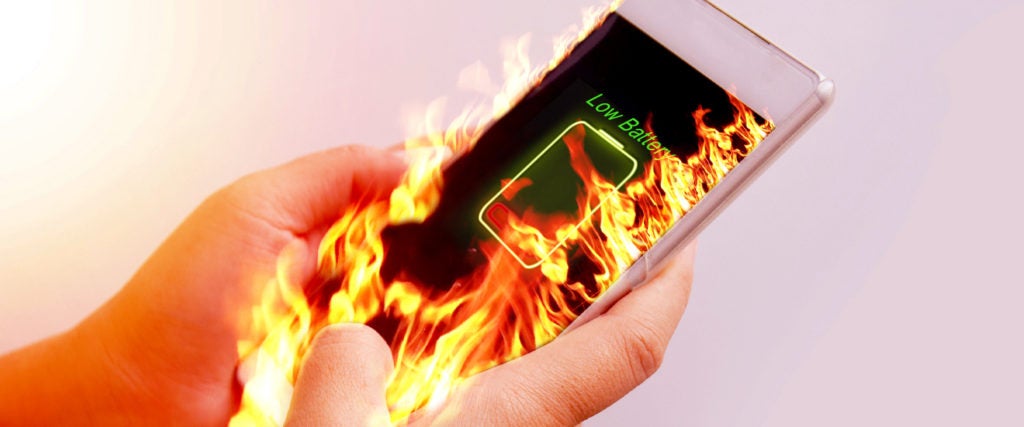To best preserve your phone battery, you should let your phone die whenever you can. No, wait, actually, you should never let your phone die.
I’m sure you’ve heard both suggestions several times. Thing is, the batteries on our phones and computers today are a little different than the ones we might have had several years ago. Nor are they quite as precious and needy as they were in the past. That said, some battery truths remain.
Most personal electronics use lithium-ion rechargeable batteries that, again, aren’t too different from the batteries of decades prior. However, what advancements have been made with batteries has largely revolved around the plug-in, un-plug process and how these batteries take in power from the source. As CNET describes it, today’s batteries have been designed to “sip power rather than guzzle it.”
Basically, your phone can handle the charging process better than it might have a decade ago.
The general rule that you shouldn’t let your phone die, though, often still applies. That’s because when a phone battery dies, a chemical reaction occurs within the battery that limits its capacity. It’s no big deal if it happens every so often, but there’s no reason to do so intentionally. A regularly-dead battery will only amount to a phone that dies even more often.
Similarly, keeping a phone plugged in at 100 percent can do the same thing. Just as with a dead battery, one that’s frequently over-charged will lose its ability to hold as much power as it did previously. In particular, keeping an object like a laptop plugged in constantly generates a lot of heat, which itself can deteriorate a battery. It’s worth avoiding higher temperatures on a phone or laptop altogether, even if just from the sun. (CNET says that a phone battery can become damaged when it reaches 86 degrees.)
To avoid the potential complications that come from sitting at 100 percent charge for too long, iPhones offer an “optimized battery charging” option that strategizes how the phone takes a charge beyond 80 percent. You might already have this setting enabled — go to Settings, then Battery, and finally, Battery Health to check. There, you can also see how your battery capacity compares to what it was originally.
Your iPhone, laptop and whatever other rechargeable battery devices you might own are designed to be used. Some degradation over time is normal. Letting your phone die once in a while is probably a bigger gain for your psyche than it is a loss for your phone’s battery capacity. But as a general practice, if you’re truly concerned with keeping your batteries in top shape, it’s best to avoid the extremes. Charge your phone when the battery is low, unplug it when it’s high and try to stay away from the ends of either spectrum.

